
|
|
|
|
|
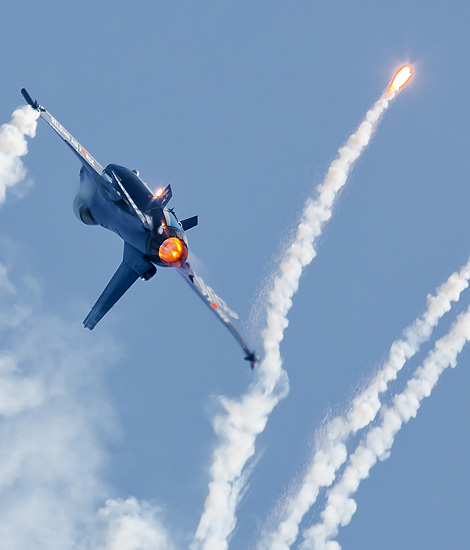
|
The Eurofighter EF2000 Typhoon, Part II; Zeltweg, July 1, 2011
Eurofighters at the Air Power 2011; Text and Photograph’s by Alex van Noye
On Friday, July 1, 2011, the Air Power 2011 started at the Austrian air base Zeltweg. Austria is one of the 6
countries which purchased the EF2000 Eurofighter. The Eurofighter will replace the Saab Draken in the Austrian
Air Force, which retired in 2005. A total of 15 Eurofighters were bought by the Austrian Air Force.
In April 1986, the first European Aircraft Program (EAP) rolled out of the factory in Warton. The EAP flew for
the first time on August 6, 1986. The EAP was quite similar to the current Eurofighter. The Eurofighter
Jagdflugzeug GmbH was established in 1986 to manage the development of the project. It was based in Munich.
The aircraft was known as the Eurofighter EFA from the late 80s until it was renamed to the EF2000 in 1992.
The first flight of the Eurofighter prototype took place on March 27, 1994. In the decade after the first
flight, several tests and numerous new developments were made to the Eurofighter. In a period of 3 months
several Cold Environmental Trials (CET) were conducted with the prototype of the Eurofighter Typhoon IPA4
on the Swedish Air Base Vidsel on December 9, 2004. The purpose of these tests was to verify the behavior
of the aircraft at extremely cold temperatures up to -25 degrees Celsius. The first flight of the Instrumented
Production Aircraft 7 (IPA7) took place on January 16, 2008. This was the first fully equipped Tranche 2
aircraft. The flight took place at EADS at Manching. The production version of the Captor-E radar was
proposed as part of the Tranche 3 update of the Typhoon in 2012. Tranche 2 aircraft are using the non AESA
mechanically scanning Captor-M radar; this radar is big and heavy. The Italian Air Force doubted if the
AESA radar would be ready in time for the tranche 3 production. Eurofighter announced in July 2010 that
the new AESA radar will be operational in 2015.
The Eurofighter Typhoon is unique in the world of modern combat aircraft, because the aircraft is built at
4 different assembly lines. Each partner company assembles its own national aircraft, but it builds the same
parts for all 683 aircraft. The first production contract was signed on January 30, 1998, between Eurofighter
GmbH, Eurojet and NETMA. The procurement totals were as follows; England 232, Germany 180, Italy 121 and Spain
87. Production was again allotted according to the procure-
|
|
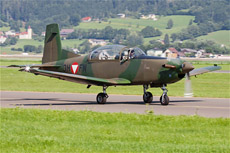
|
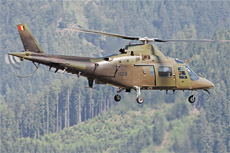
|
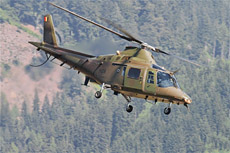
|
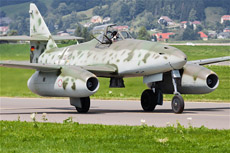
|
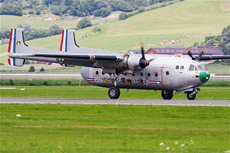
|
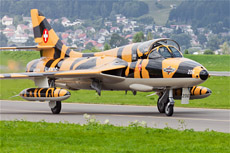
|
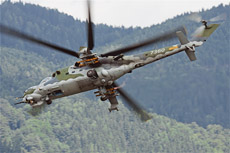
|
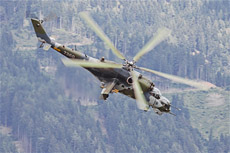
|
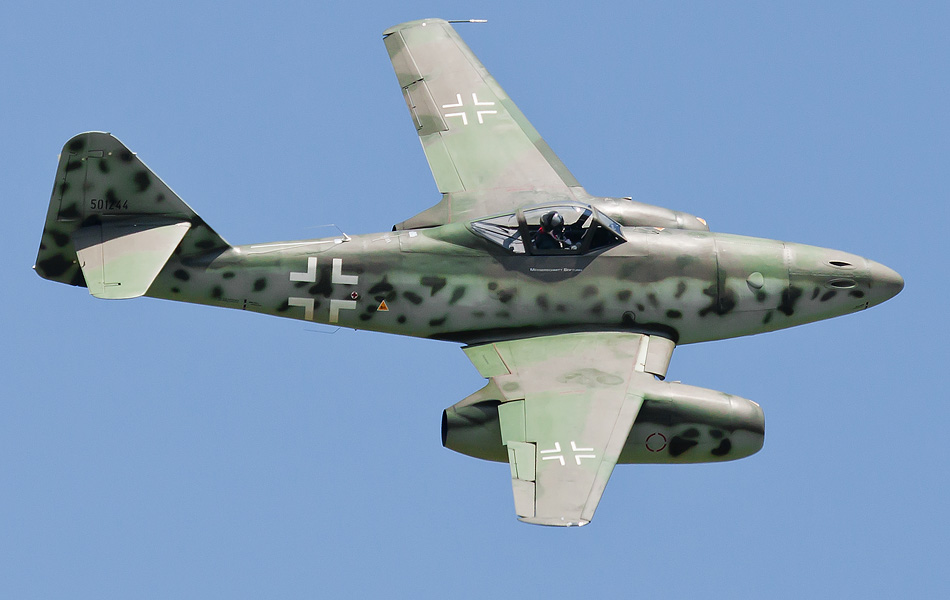
|
ment; British Aerospace (37.42%), DASA (29.03%), Aeritalia (19.52%) and CASA (14.03%). On September 2, 1998,
the aircraft was officially named Eurofighter. The British renamed their aircraft officially Typhoon. This name
was not recognized by Germany. Several British Typhoon aircraft had bombed German targets during World War II.
In September 1998, contracts were signed for the production of 148 Tranche 1 aircraft and procurement of the
long lead time items for Tranche 2 aircraft. The last aircraft from the Tranche 1 series were delivered to
the German Luftwaffe in March 2008. The aircraft were quickly updated to Tranche 2 aircraft. The first 2 of
the 91 Tranche 2 aircraft were delivered at the RAF Coningsby on October 21, 2008.
On July 2, 2002, the Austrian government announced to buy the Eurofighter as their new air defense fighter.
The purchase of 18 Eurofighters was agreed on July 1, 2003. This also included training of pilots, logistics,
maintenance and a simulator. On June 26, 2007, the Austrian Minister of Defense Norbert Darabos announced a
reduction to 15 aircraft. The first aircraft was delivered on July 12, 2007. The aircraft joined the Austrian
Air Force from that date. Austria was the first country which bought the Eurofighter off the shelf. The 15
Austrian Eurofighters are all delivered. The aircraft are all based at Zeltweg. Saudi-Arabia was the sixth
country which bought the Typhoon after an unsuccessful campaign in Singapore and South-Korea. Singapore and
South-Korea have both chosen for the American F-15E Strike Eagle. On August 18, 2006, it was announced that
Saudi-Arabia had agreed to buy 72 Typhoons. On September 17, 2007, Saudi-Arabia signed a contract of £ 4.43
billion for the 72 aircraft. 24 aircraft were built on the Tranche 2 standard. These aircraft were originally
designed for the RAF. The Typhoons for Saudi-Arabia were built in England at RAF Warton.
The Zeltweg Air Power promised to be an old fashioned spectacle. The Austrians were as always active very
early. The weather today was definitely many times better than it was yesterday. I arrived at 8 am after a
very long walk from the parking lot to the air base. I had chosen to position myself halfway down the runway.
My experience was that this spot is the best for action photography. Especially the helicopters use this part
of the display line. The opening of the airshow is traditionally done with a spectacular start of an Austrian
aircraft. This time the opening was done by the Eurofighter. There was already a main act for me on the
program shortly after the opening of the airshow. It was the Czech Mi-35 Hind. The demo of this huge helicopter
was really a spectacle. The pilot showed how easily a large helicopter like the Hind can maneuver. The Belgians
started their helicopter display with the Augusta A-109 right after the Hind demo. This A-109 is much smaller
than the Hind, but the demo was also very good. The highlight of the day was planned at noon. This was the Air
Power demo of the Austrian Air Force. This is the event for which people come to Austria. More than 20
helicopters were on the other side of the runway ready for take-off. It was an amazing sight to see all these
helicopters hovering above the grass. The opening of the demo was not according to plan. Two paratroopers were
stuck to each other; they both hit the ground with a very high speed. The whole airpower demo was cancelled due
to this accident. Fortunately, both paratroopers survived the accident. The helicopters which were airborne due
to the demo made just one landing in front of the crowd. I was lucky with this action, because it brought me at
least a few helicopter shots. There were more demos in the afternoon, such as; the Saudi Hawks, a Slovakian MiG-29
and the Swiss F-18. My visit at Zeltweg was over after a very long visit. Zeltweg was also the last visit of my
complete journey. I returned to the Netherlands after 7 wonderful days in France, Germany and Austria.
|
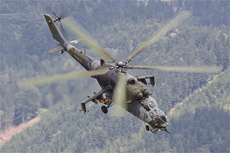
|
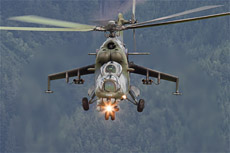
|
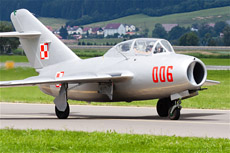
|
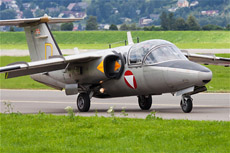
|
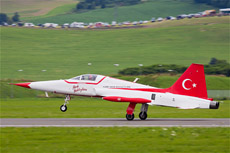
|
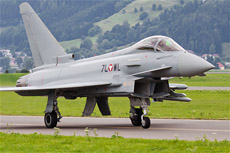
|
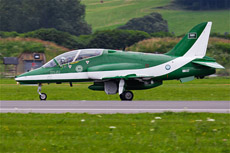
|
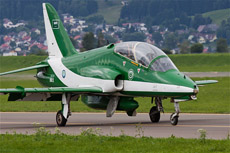
|
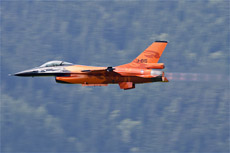
|
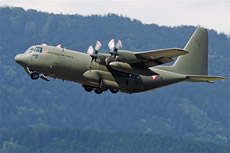
|
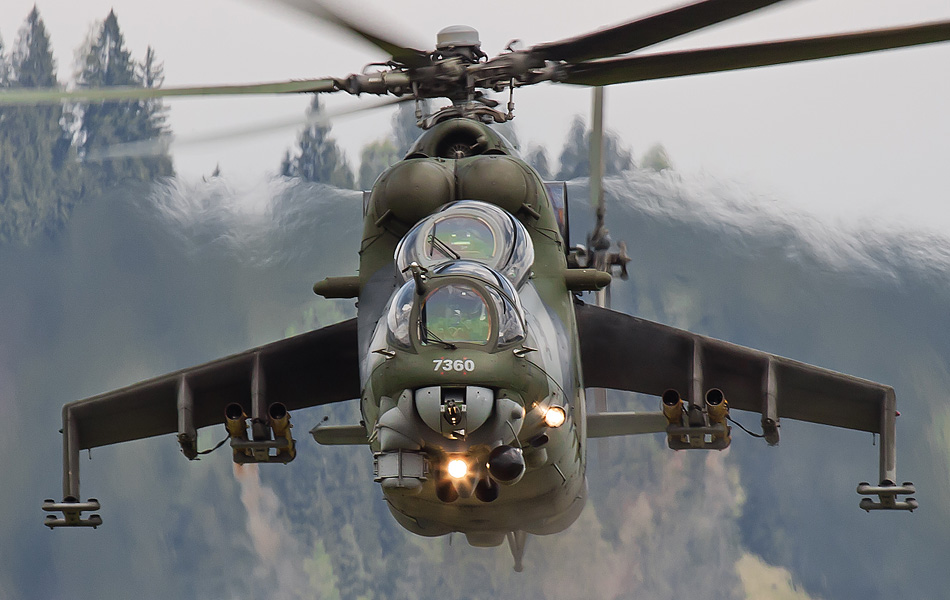
|
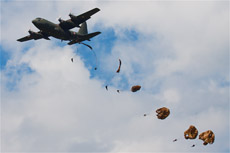
|
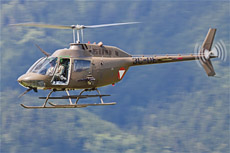
|
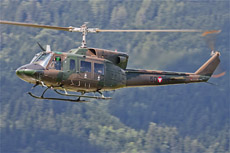
|
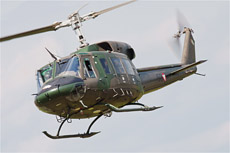
|
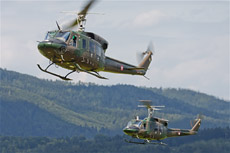
|
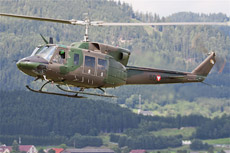
|
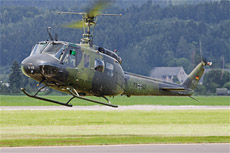
|
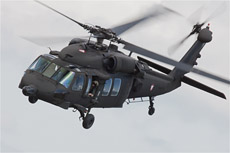
|
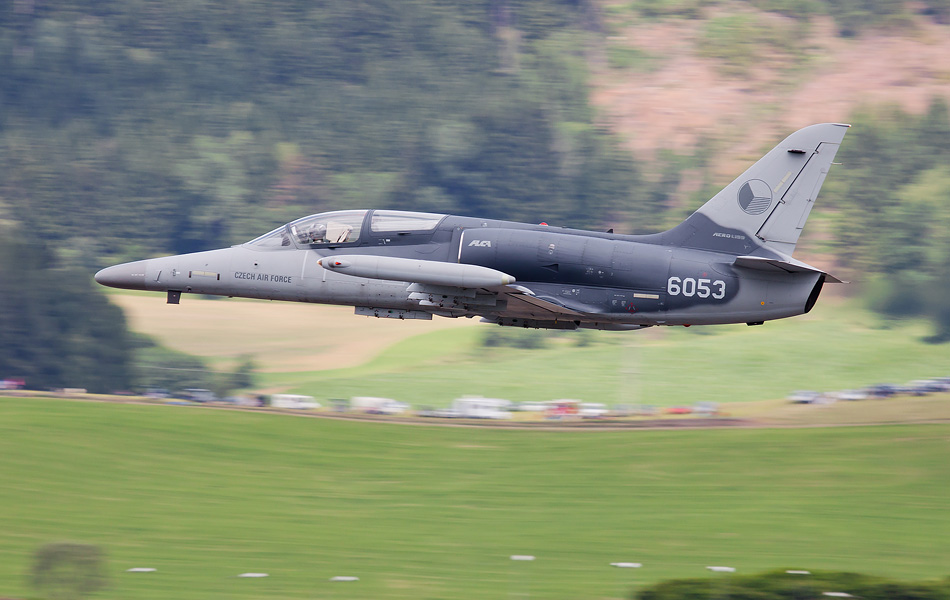
|
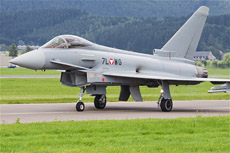
|
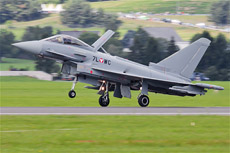
|
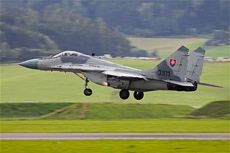
|
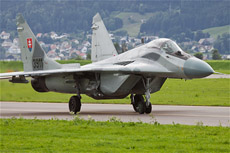
|
|
|

|







